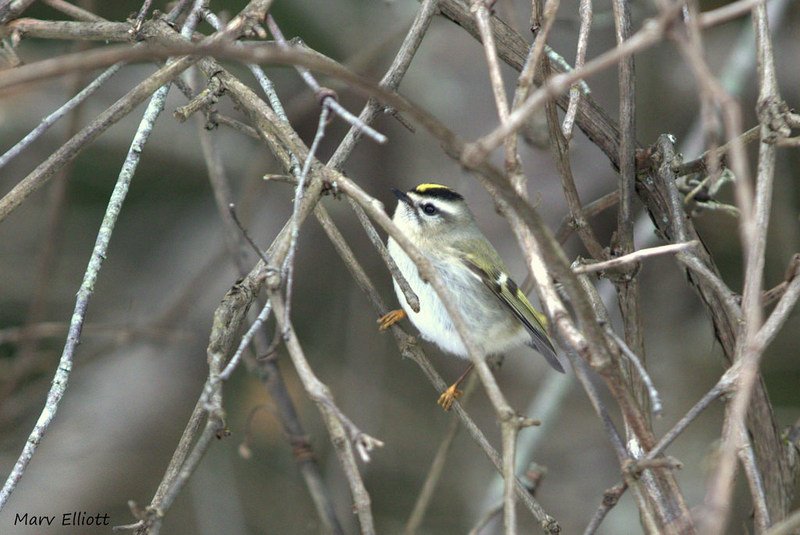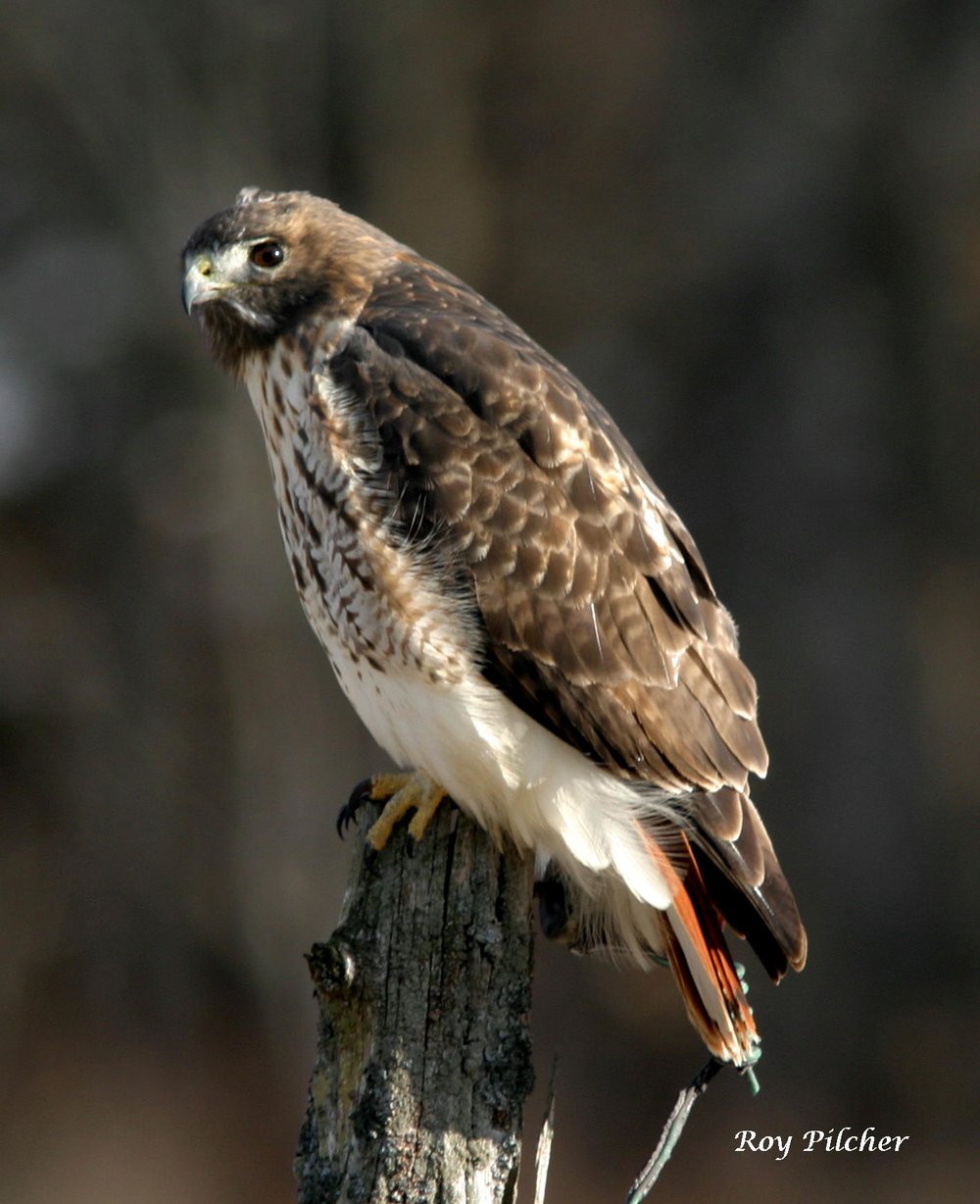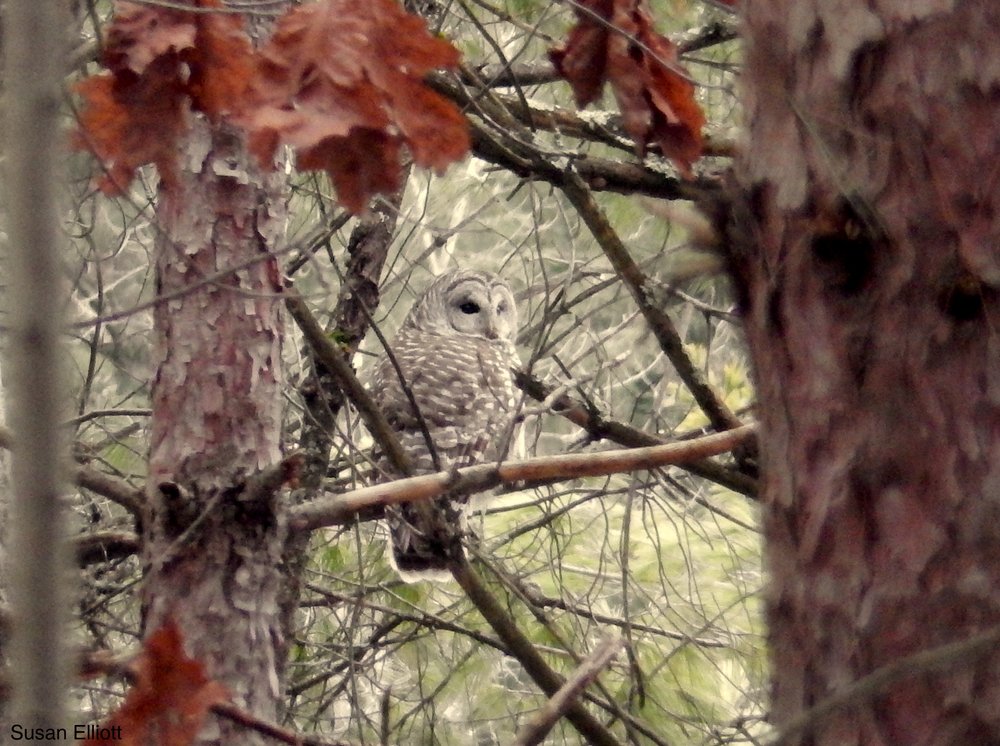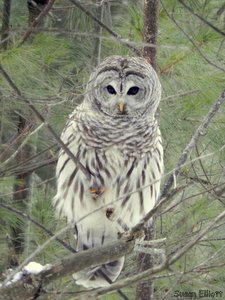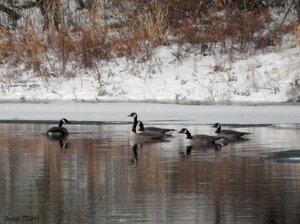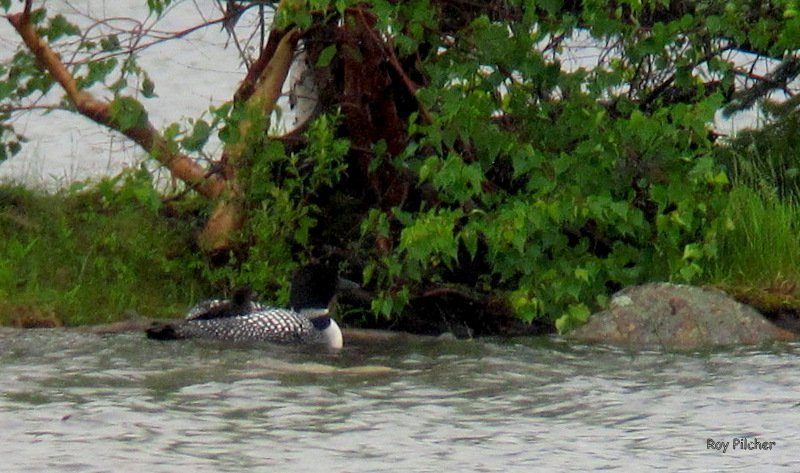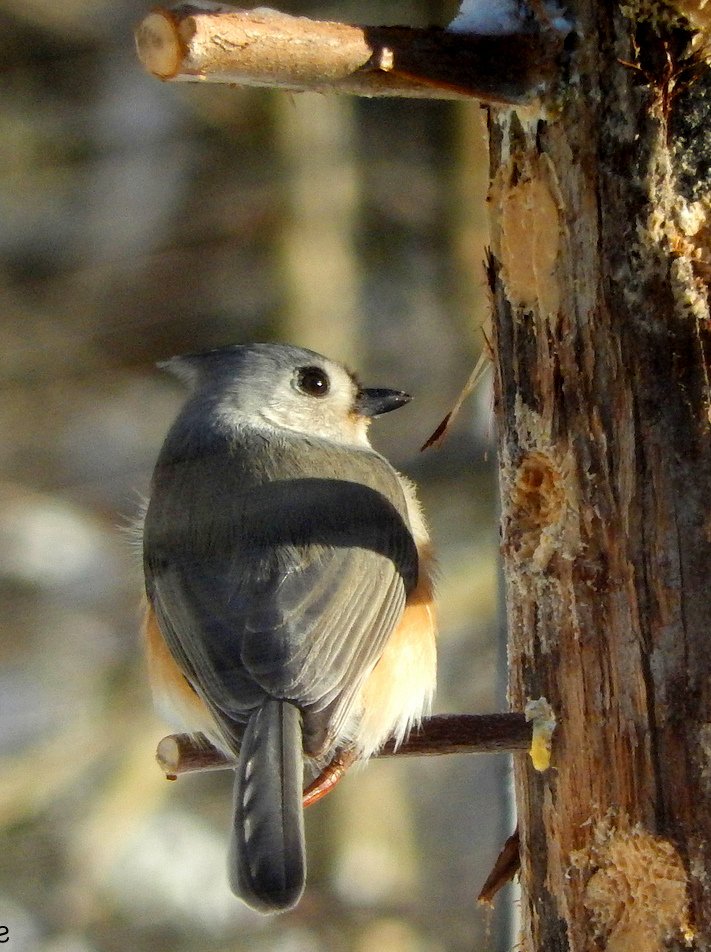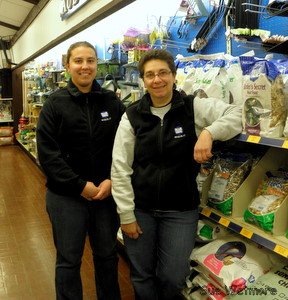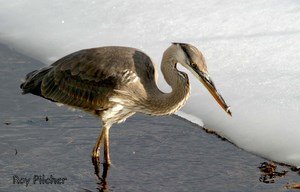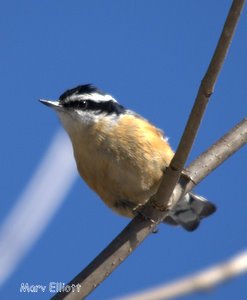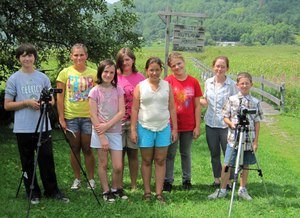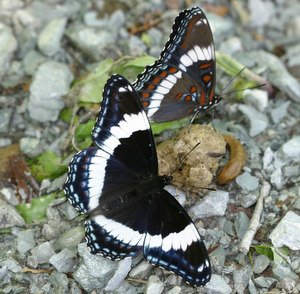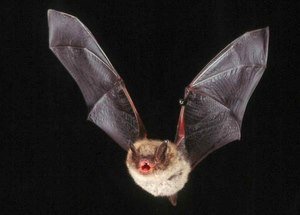This sliver of redwood is so small and weathered that an expendable matchstick would hold it with little esteem. It came from a redwood corpse now prostrate and long silent. For how long this redwood giant had rested there, only its living relatives know. Time is measured by them, neither in days nor years nor even decades, but centuries. This hulk of a giant with the girth and length of a commuter train was fortunate to die full of years, yielding his place to the next generation in crashing headlong into the embrace of mother earth. Along with his immediate living family gathered about him, they constitute the fortunate ones. With nineteen out of twenty of their kith and kin felled first by the axe and then by the chainsaw, this generation of giants that survives on these California foothills does so under special dispensation and protection.
It was an idyllic life, the happy confluence of soil and solitude, moisture and moderation, altitude and latitude that combined together to produce a sustained but measured growth. With head reaching to the heavens above and roots buried deep in the rich earth below it was, or so it appeared to be, a benevolent universe and without bounds. Daily mists sailed inland borne on winds traversing the cold California Current ever willing to cool and quench any lingering thirst that he or another maturing giant may generate. With crowns jostling for space and with bodies lean of limb, if branches should find room to extend horizontally, there a universe of lichens and mosses and an array of air breathing plants abounded. There the Marbled Murrelet, an avian creature of the oceans, would lay its single egg. There a lone chick would anxiously await the fading light of dusk for a parent’s return with sustenance from the sea.
If danger there was, it was heaven sent! Dark and foreboding cumulus clouds drawn eastward from the rising thermals of the Great Basin patiently waited an opportunity to discharge their burden of electrical energy. The giant who stood the tallest and stoutest would serve as nature’s lightning rod and would be humbled. The path traveled by the surge of electrical energy would instantly render sap to steam and in the process split the protecting bark asunder. From thence it would be a slow death, a half a century may be, but this majestic giant could not and would not survive heaven’s chastisement. In the event of a conflagration that death would be hastened while others, with their thick and fire resistant bark still intact, had less to fear. However, there would be casualties.
All the while in the cool and moist dappled world below, a profusion of ferns and shrubs vied for whatever sunlight penetrated the canopy above, all pygmies at peace amidst the kingdom of giants.
From a lowly California dogwood, a Varied Thrush called. Evening came and morning came, and God acknowledged that what he saw was good.
California, summer 2001

